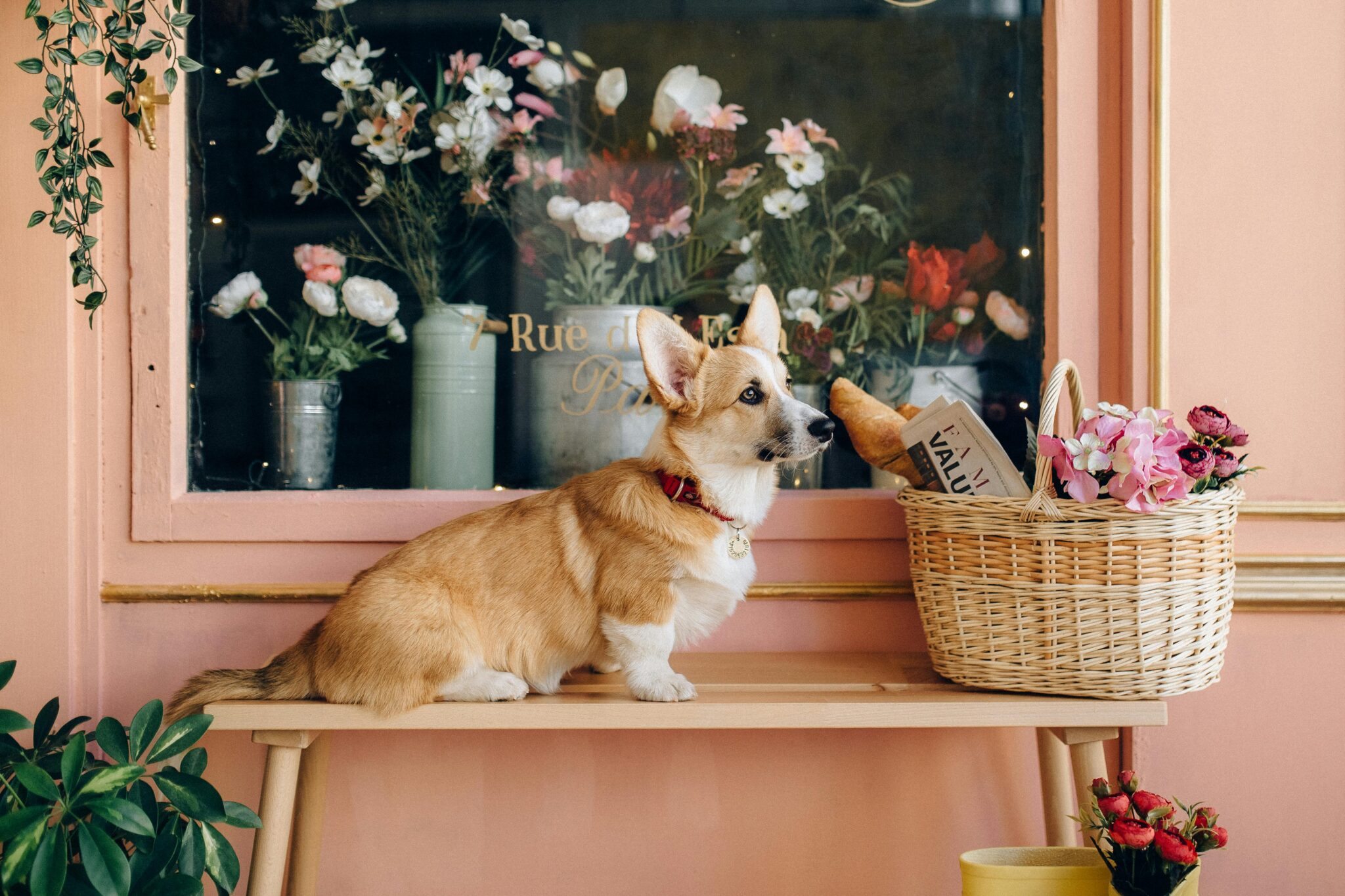QUOTES
Are Pet Grooming Franchises More Profitable Than Daycare Ones?

Pet grooming and pet daycare both serve growing communities that value tidy spaces, gentle handling, and dependable schedules at fair prices. Profit matters because each model carries different costs, limits, and rhythms that shape outcomes across the year. Grooming often reaches healthy margins through timed appointments, compact footprints, and simple retail shelves that lift ticket sizes. Daycare still performs well yet longer stays; larger rooms, and strict ratios increase expenses and compress flexibility. Clear budgets, calm procedures, and steady training turn either path into predictable income under ordinary market conditions or support simple staffing plans during busy community periods.
Revenue Patterns
Revenue patterns influence profit because the service mix determines how many paid moments fit into a normal day. Grooming calendars stack bathing, drying, and finishing in a smooth sequence, so tables stay active, and idle time remains low. Shorter visit lengths allow more transactions per hour, while clear price tiers and reliable cycle times keep averages steady through busy seasons. Daycare revenue ties closely to headcounts and hours, so income climbs with safe capacity and length of stay. Memberships and passes support predictability, yet variable drop-offs and late pickups can widen labor windows and add hidden costs. Retail add-ons raise grooming tickets with modest inventory risk, while enrichment blocks in daycare require supervision that limits throughput.
Cost and Margin Drivers
Costs decide what remains after sales, so careful tracking and timely adjustments protect profit from small leaks that grow slowly. Grooming sites often operate inside smaller suites, which lowers rent and utilities while supporting multiple stations under a tidy layout. Daycare sites usually require larger rooms, outdoor access, and reinforced fixtures, so build-out and monthly overhead rise and shape break-even points. Required technology, sanitation supplies, and insurance apply to both formats, yet volume intensity magnifies them differently across the calendar. Labor intensity also matters because grooming teams work out a defined process for each pet under a booked slot. Daycare teams supervise groups for long periods with coverage rules and break that expand schedules and increase payroll. Grooming wages reward speed, skill, and safety within contained timelines, which supports incentives that lift output without harming quality. Preventive maintenance, supply controls, and fair vendor terms help both models, yet lean footprints give grooming an edge when energy or rent rates climb.
Staffing and Operations
Operations shape earnings because flow, handoffs, and workstation care determine how much work a site completes in normal hours. Grooming teams are scheduled by coat needs and size, then stage tasks so tools stay ready and tables turn on time. Checklists, sharp blades, dryers, and confirmations prevent bottlenecks and reduce no-shows that interrupt the day. Daycare teams plan by room limits and energy balance, then monitor weather shifts, feeding windows, and rest periods. Utilization improves with organized rosters that match predictable peaks, yet variable arrivals can stretch labor and compress margins. Simple dashboards, short huddles, and honest targets reinforce focus, reduce rework, and keep service times consistent across the calendar.
Location and Local Demand
Location fits affect profit because foot traffic, parking, and sightlines influence convenience and quick decisions throughout the week. Shopping centers with visible storefronts support grooming because short visits fit errand loops, while safe entries and shaded waiting spots raise comfort. Daycare sites benefit from nearby housing, offices, and schools that spread traffic across mornings and evenings under familiar routes. Local rules, delivery windows, and landlord terms shape hours and noise limits, so careful review prevents penalties and missed sales. Regional directories and brand pages guide choices because households compare providers and read policies before booking care. Pet families in growing suburbs often consult resources such as dog grooming in Henderson, NV to confirm locations, standards, and contact details in one place. Positive ratings, tidy photos, and consistent replies encourage first visits and repeat use that support steady calendars.
Regulation and Risk
Rules and risk control influence profit because compliance, claims, and closures reduce earnings and strain teams if planning stays weak. Grooming sites follow sanitation, handling, and equipment standards that focus on station safety under clear procedures and logs. Daycare sites manage group dynamics, outdoor access, and capacity limits, so inspections, drills, and documentation take added time throughout the month. Both models carry insurance, first-aid readiness, and incident records, and managers update training on a regular cadence. External shocks also matter, since weather events, ill cycles, and road work can reduce access and slow bookings. Backup power, secure storage, and equipment spares keep essential services running during brief disruptions, while calm messages and fair credits protect goodwill. Subscription updates, waitlist tools, and clear refund windows maintain cash planning and reduce disputes under ordinary market changes.
Conclusion
Profit potential depends on revenue mix, operating costs, staffing needs, location fit, and risk control that keeps service safe and steady across the year. Grooming franchises often show strong margins because appointment flow, compact sites, and small retail add-ons raise daily output without heavy overhead. Daycare franchises still deliver healthy results in the right markets, yet space size, long hours, and staffing ratios tighten room for error and slow expansion. Either path benefits honest budgets, careful scheduling, and steady training that holds standards and protects cash. With disciplined habits, calm leadership, and measured upgrades, franchise operations grow predictable and resilient, and income stabilizes as routines mature.

